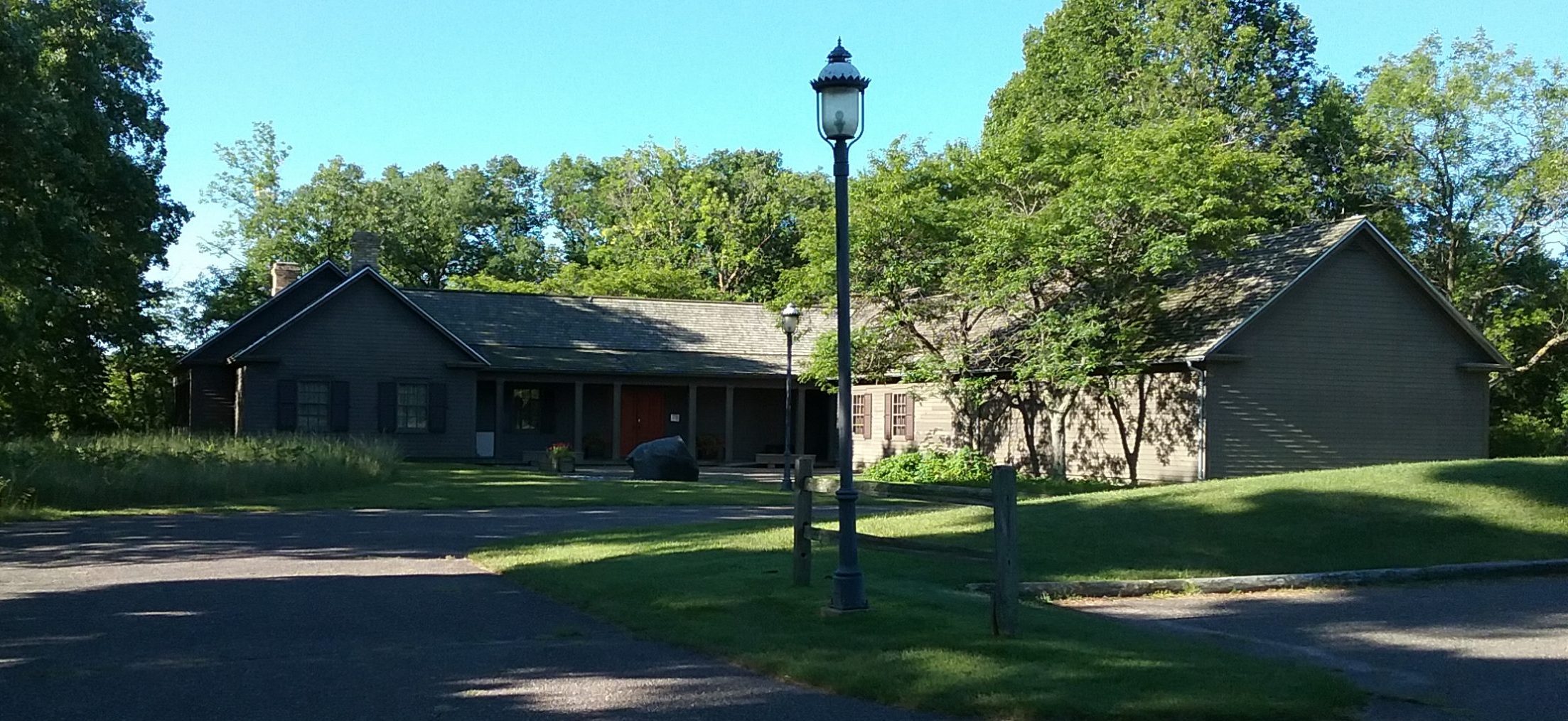The melting snow ran in rivulets cut into the gravel of Pearson Street. I skipped, hopped and sometimes stopped to explore the shiny wet pebbles. Pretty stones were always prettier when wet. These signs of spring reminded me that the school year was coming to an end and the annual school picnic would soon be here. It would be the first of many picnics during the coming summer. Every activity, it seemed, was accompanied by a picnic of some sort. My childhood experiences, of course, centered mostly around the Cushing area where I grew up. The reader may fill in the blanks, substituting whatever lake or place a picnic took place.
The Cushing area is blessed with lakes. Shamineau, Alexander and Fishtrap are the largest. Pine Island, Big Lake, Lagerquist, Crookneck and Round Lake (of which there must be hundreds in Minnesota) are some of the smaller, picturesque lakes nestled among Cushing’s hills. All provided opportunities for picnics.
My favorite picnics were the church picnics. I remember my mother cutting up potatoes for the salad in preparation for this big event. The salad would join all the other homemade foods brought by the Lutheran church ladies. I can’t recall that it was ever called a potluck, nor do I remember any reference to “a dish to pass”. It was just a picnic. The afternoon was spent playing games, swimming and visiting. But the anticipation of our final treat caused an anxious wait for the children. I will never forget waiting for one of the men to open the big insulated canvas cylinder. It seemed to take forever. And then, each of us got the long-awaited big cone of delicious ice cream.
Our church picnics were usually held at one of two places; Bachelor’s or Nena Anderson’s. Bachelor’s was a large tree-shaded resort/picnic area overlooking Big Lake. Big Lake is not as big as its name implies, but it is a very beautiful lake west of Cushing. Its sandy beach was a safe place for swimming. Nena’s was on the south shore of Lake Alexander, in my biased opinion Minnesota’s most scenic lake (In a later issue of the newsletter you will read more about Nena’s place). Wherever the picnic was held, it was the fun of getting together with friends that we most enjoyed.
Picnics would also accompany a day of fishing, though the fare might be less elaborate. A bologna or summer sausage sandwich, a small container of fruit sauce, and coffee or just a fruit jar of water. The object here was not so much the picnic as a big stringer of fish to take home for dinner.
Picnics were almost a requirement for gatherings of Morrison County’s large families. When all the kids, grandkids, aunts, uncles and cousins congregated there wasn’t room in the house for everyone. Most family homes were not large and even the immediate family could bulge the walls. Beginning in midsummer, planks laid across sawhorses were laden with fare from a country garden; fresh sliced tomatoes, steaming corn on the cob and creamed new potatoes with baby onions. Watermelons, chilled in a galvanized tank filled with cold water from a deep well, were sliced for everyone’s enjoyment. I have concluded that most of today’s supermarket grocery shoppers do not know the taste difference of these straight-out-of-the-garden treats.
Folks in the country could be assured of many visitors throughout the summer. Cities weren’t as crowded as they are now, but city folks enjoyed “touring” to the lakes and farms where they joined the local families for picnics. Usually, these tourists returned to the city with eggs, cream, fresh butchered chickens, and, of course, their own stringer of fish.
Picnics were about more than food. They were surrounded by ball games, boat rides, swimming, fishing and games. They were times to visit with friends and relatives. And they were cultural exchanges between city and rural folks. The world has changed, even the food is different, but the picnic still remains as one of Society’s important traditions.
by Jan Warner
Copyright 1999, Morrison County Historical Society
